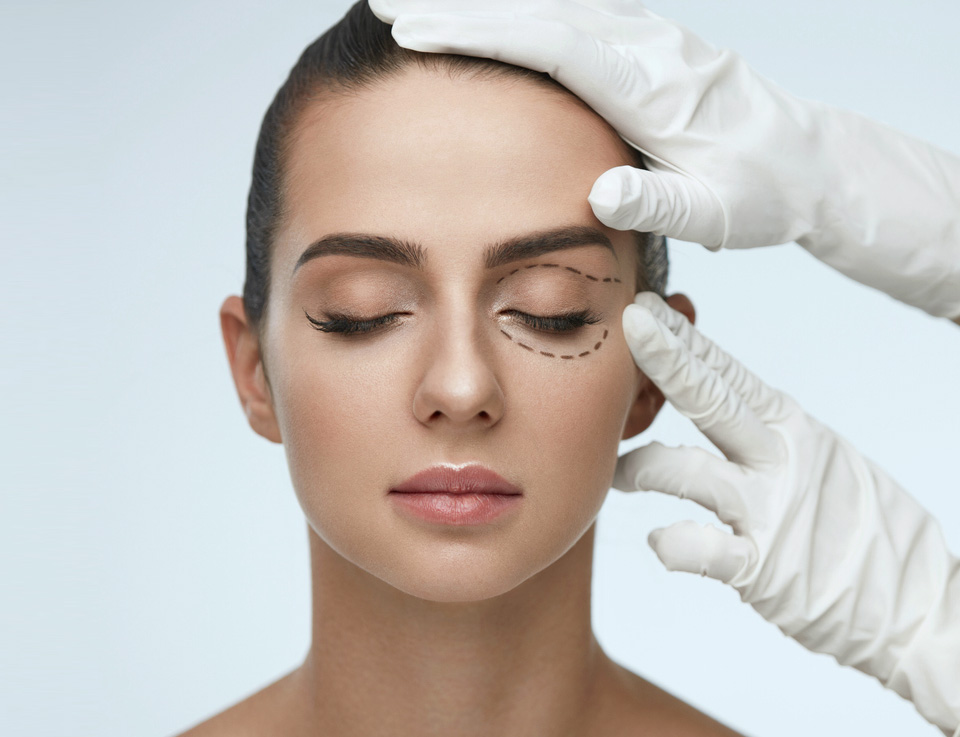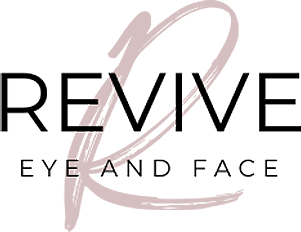Enucleation/Evisceration

There are two techniques for eye removal, enucleation and evisceration. At the time of your consultation, Dr. Kauh will discuss with you the advantages and disadvantages of each for your condition and you will work together to decide which technique is most appropriate for you.
Both surgeries are performed while under general anesthesia.
The recovery process for both is similar.
After you have healed from your surgery, you will work with an ocularist to obtain a prosthesis. This is the artificial eye that is customized for you and only you.
Enucleation involves removal of the entire eye. In this technique, the eye muscles are separated from the surface of the eyeball so that the eyeball can be removed in total. The eye muscles are then attached to the surface of an orbital implant (often a silicone ball is used as the implant) and the orbital tissues are sutured closed over the surface of the implant. Next, a conformer (which looks like a round, clear disc) is placed under the eyelids. This helps to maintain the shape of the space under the eyelids so that a prosthesis can be appropriately fitted after the socket has healed from surgery. The eyelids are then temporarily sutured close to help minimize swelling and pushing out of the conformer. The sutures will be removed after 1 week. Then, a pressure patch is placed over the eye and remains in place for 4-5 days.
Evisceration differs in that it involves removal of the inner contents of the eye while leaving the sclera (white part of the eye) intact along with the attached eye muscles. This technique is less disruptive to the socket’s orbital tissues as there is less dissection. The orbital implant is placed behind the remaining sclera and attached muscles. The orbital tissues are then sutured closed. As with enucleation, a conformer is placed under the eyelids and the eyelids are sutured closed temporarily followed by placement of a pressure patch.
The degree of postoperative pain varies for each patient. Some patients actually notice improvement of pain compared to the chronic, severe pain they had been experiencing with their blind, painful. Other patients have more prominent postoperative pain that is controlled with oral pain medication. Some may also experience some nausea during the first 24-48 hours after surgery. Avoidance of physical activity during the first week is required as well as avoidance of wetting of the bandage over the eye. Typically, after 4-5 days, the pressure patch/bandage over the eye is removed at home. Once the bandage has been removed the patient may start placing antibiotic ointment over the stitches in the eyelids. At one week after surgery, the patient is seen for their postoperative visit and the eyelid stitches are removed, allowing the eyelids to spontaneously open.
Typically, the patient is first seen by the ocularist approximately 6-8 weeks after surgery or when the swelling has appropriately resolved. A customized impression is taken of the patient’s eye socket to obtain ideal fit. The Ocularist also paints the prosthesis to match the opposite eye in color. Specific instructions regarding prosthesis cleaning and maintenance are reviewed by the Ocularist. It is important to continue routine visits with the Ocularist for cleaning and polishing as they have special instruments to clean off the micro debris which accumulate on the prosthesis and overtime can affect the health of the socket tissues. Replacement of the artificial eye may be needed after several years.
Annual followup with Dr. Kauh is also recommended to monitor eye socket health, prosthesis fit and eyelid position.

